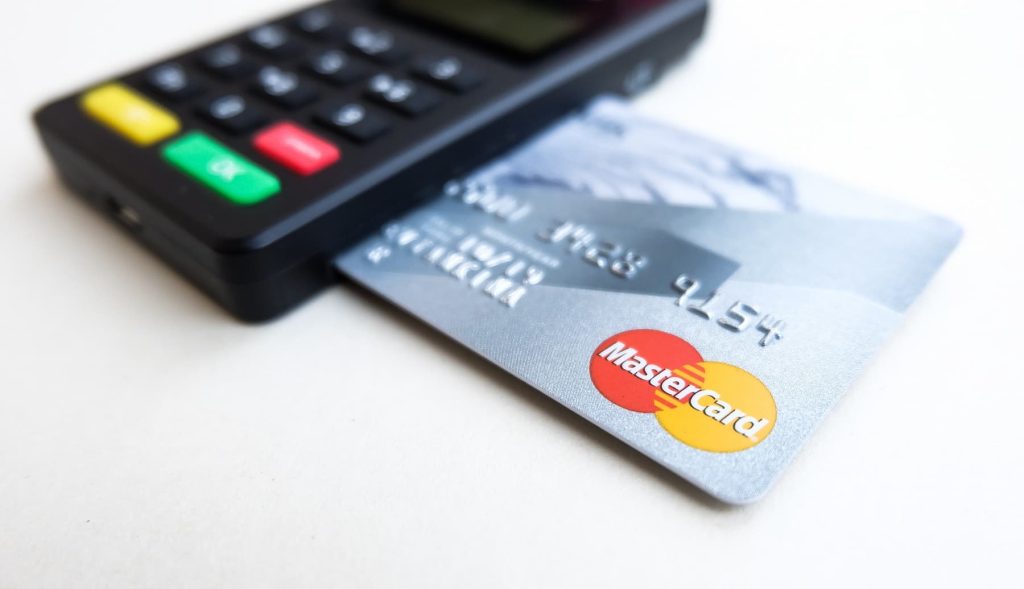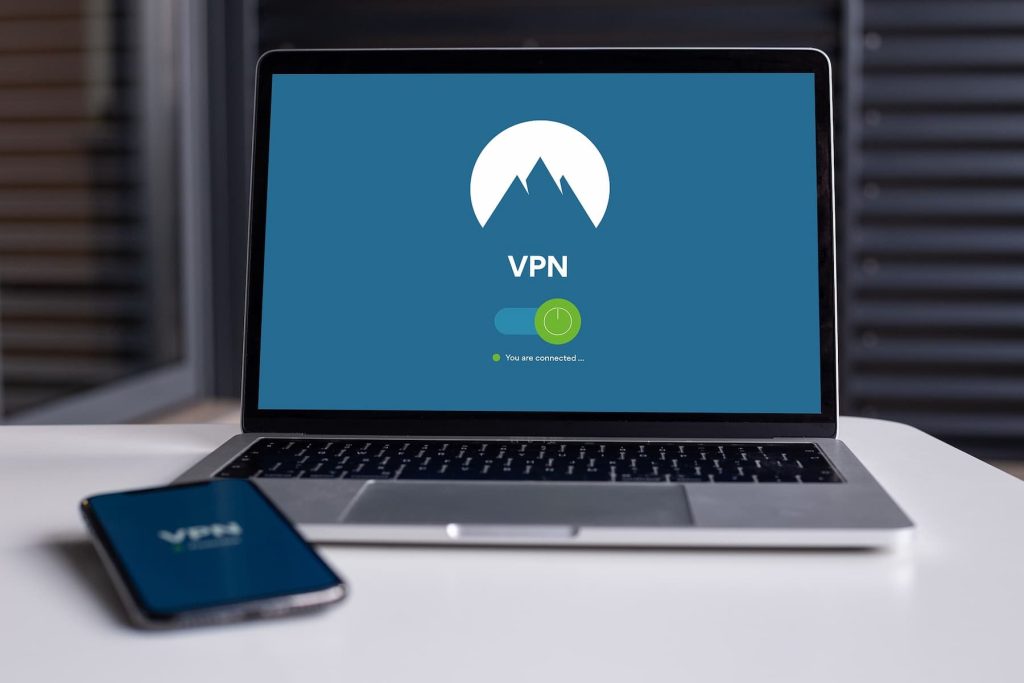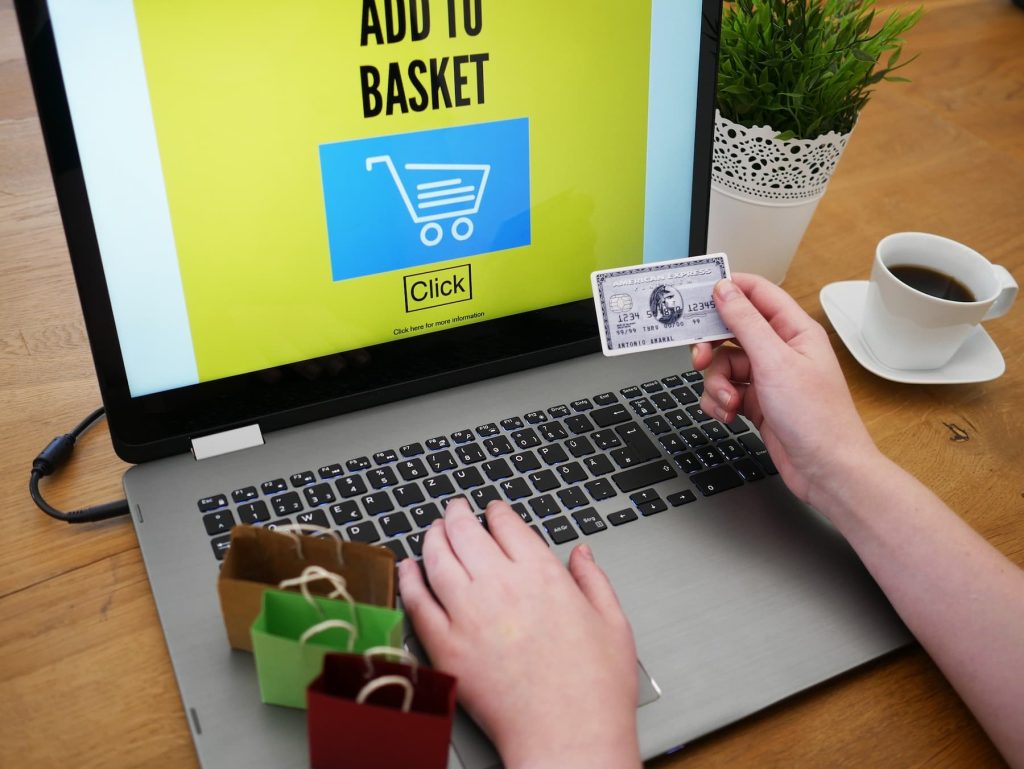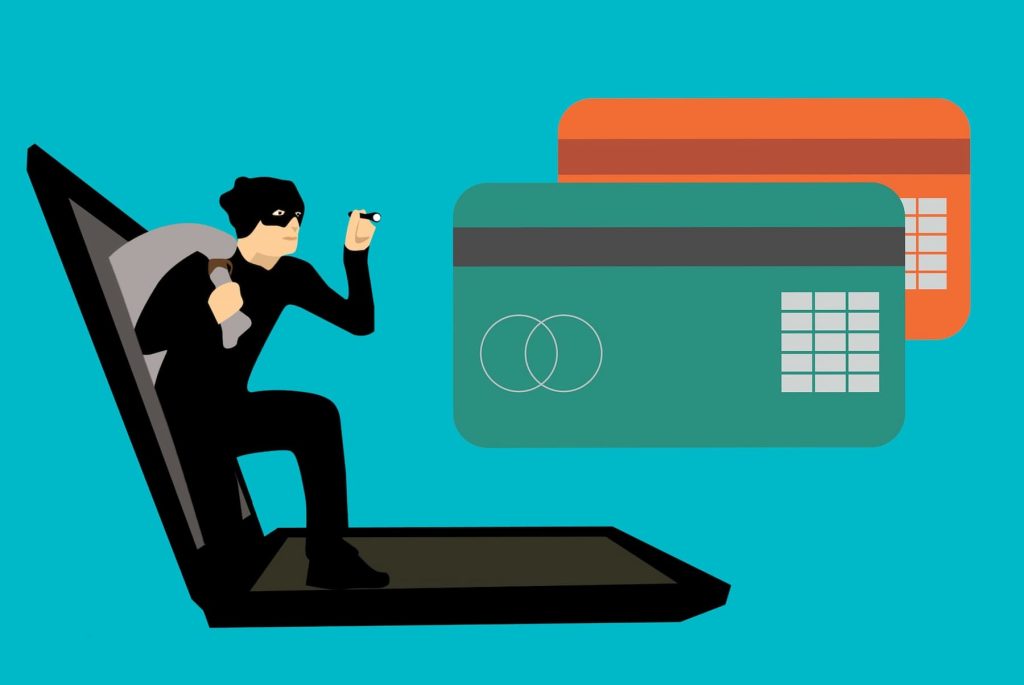Protecting yourself from credit card fraud is crucial in today’s digital world. Despite the security measures in place, fraud still occurs, and the consequences can be dire. This article will explore ten effective ways to safeguard your financial well-being and secure your cards and information.
Ten Ways to Protect Yourself Against Credit Card Fraud
1. Be a Savvy Cardholder
Before I get into the more sophisticated risks that hackers pose to your credit card number and identity, I need to address the simple matter of being a savvy credit card user.
Nerdwallet outlines a number of things that you should simply never do as a credit card holder including sharing credit card information over social media, letting other people use your credit card, or failing to immediately cancel cards when lost or stolen.

Additional precautionary measures that all cardholders should take include using credit cards like Chase, that have PIN codes, creating a strong account password management, personal document shredding, and up-to-date antivirus software.
Moreover, if your online credit card account portal includes an option for two-factor authentication, make sure you use it.
And of course, if you are ever at all suspicious about the nature of a transaction, trust your gut and keep your credit card safely sheathed in your wallet. These are the most basic steps that every credit card user must take to protect against old-fashioned forms of credit card theft.
2. Never Use Open Public Networks
One of the easiest ways for credit card thieves to steal your personal information is to simply pluck it right out from under your nose as you browse, shop, and spend online. When you use an unsecured public network, hackers can see everything you do.
That’s why Bankrate advises that you “Never submit sensitive information while using a public Wi-Fi network that doesn’t use passwords. Open networks give thieves easy access to monitor and steal your private data.”
This means that you should never sign on to public networks at busy places like airports, arenas, and department stores. Many of these places offer easy access to free and open networks, which can be convenient but also very risky.
Make sure that your mobile settings are programmed to prevent you from immediately jumping on to available WiFi networks. Otherwise, your cell phone may become instantly vulnerable to hacking the minute you step into a busy public space.
3. Always Shop with a Secure Connection
One of the most basic steps you can take to protect yourself both at home and on-the-go is to ensure that you are always using a secure connection when shopping. The best way to ensure that you are always using a secure connection is to purchase a VPN. According to NordVPN,
VPN “stands for “virtual private network” — a service that protects your internet connection and privacy online. It creates an encrypted tunnel for your data, protects your online identity by hiding your IP address, and allows you to use public Wi-Fi hotspots safely.”
Many VPNs are designed to be user friendly, which means they can be easy to install, activate and use. With a proper VPN in place, you can conceal your online movement and activity even when using a public WiFi network.

The VPN not only gives you the power to disguise your IP address and browse anonymously but it can also hide your browsing history from your Internet Service Provider (ISP). In essence, a VPN should be considered a foundational line of protection any time you tap into a WiFi network anywhere in the world.
4. Only Make Online Purchases Through Secure Vendors
In addition to ensuring that your connection is either secure or protected by a VPN, you should also be sure that the site from which you are making a credit card purchase is itself a secure and legitimate website.
It is increasingly incumbent upon credible online vendors to provide their own level of encryption when processing credit card transactions. But it’s your responsibility to ensure that you only shop with vendors who offer this level of protection.
Fortunately, there is an easy way to identify sites that provide their own secure platform for processing sales. According to Bankrate, “Before you initiate an online purchase, look for ‘https’ in the web address to verify your browser connection is secure and encrypted.”
When you shop with a vendor that doesn’t provide this layer of security, you may be unwittingly storing your credit card number in a database which is highly vulnerable to hacking and data breaches.
5. Try Virtual Credit Card Numbers
If you must shop online through an unsecured connection or from an unsecured vendor, there is an additional step you can take to conceal your credit card information. A virtual credit card number is a one-time credit card number that is created for each unique purchase you make.
While the number is connected to your actual credit card account, it is a separate and different number than the one printed on your card.
According to Bankrate, a virtual credit card number offers a “secure way to pay for purchases online or over the phone while safeguarding your physical credit card’s information.”
Three of the four major credit card networks—Visa, American Express and Mastercard—offer virtual credit card numbers for online purchases. This gives you a way to make online purchases without sharing your actual credit card number. Reach out to your issuer and find out how you can procure virtual credit card numbers for online purchases.
6. Review Your Monthly Statements
This is another one of those old-fashioned strategies for quickly identifying and detecting suspicious activity. Whether you receive your monthly bill online or through the mail, read it over every single month. The sooner you flag suspicious activity, the easier it will be to identify the source of the breach and stop it before it can happen again.
Not only that, but many credit card companies require you to report credit card loss or theft within a specific time span—sometimes as little as 30 days—in order to access certain fraud and theft protections.

Failing to report loss or theft during that span may place the financial burden on you for any fraudulent purchases and consequential fees and penalties. You’ll want to review your monthly statement as soon as it comes to ensure that you receive the full protective coverage of your policy.
7. Sign Up For Credit Monitoring
While your monthly statements can provide insight into recent breaches of your credit card data, credit monitoring can give you the full financial picture. In general, monitoring your own credit report and understanding your credit score are important dimensions of maintaining a healthy financial outlook.
Start by reaching out to each of the three major credit reporting bureaus—TransUnion, Equifax, and Experian—for a look at your credit report. According to Nerdwallet, “You’re entitled to one free credit report every year from each of the three major credit reporting bureaus.
Consider requesting one report every four months to check for suspicious information, especially new credit card accounts you don’t recognize.”
This is a great way to check in periodically for any alerts or activities that don’t look familiar to you. And for an even more proactive and engaged approach, consider signing up for regular credit monitoring through a service like Credit Karma or Free Credit Report.
These services provide constant and ongoing monitoring of your credit performance as well as any activities on your account. This can help you identify any past instances of credit card theft that have gone undetected as well as raise red flags when new suspicious activities occur on any of your open accounts.
8. Get Transaction Alerts in Real Time
For additional real-time protection, your credit card issuers may also provide transaction alerts so that you receive emailed or texted notifications every single time a purchase is made. As CNBC points out, “you can set up alerts for a variety of transactions, including ones that exceed a certain limit, purchases made internationally, balance transfer requests and other actions.”
Check the settings on your credit card account to see if you can personalize your alerts according to your card usage. Indeed, this may be the fastest and most immediate way to spot fraudulent activity and report it directly to your card issuer. The sooner you respond to occurrences of credit card fraud, the easier it will be to limiti and mitigate the damage.
9. Use Different Cards For Spending and Bills
Naturally, the last thing you need is for your primary bank account to be compromised by card number theft. Even if you identify this theft and act quickly, it still takes time and energy to create new account passwords, resubmit information for verification, and change autopay settings on an array of monthly billing accounts.

One clever way to reduce the risk posed by credit card theft is to utilize two different cards–one card for your essentials and one card for your discretionary spending. For instance, you may use one account to autopay essential bills like a mortgage for a new house, new car loans, utilities, and cable while opening a separate account for holiday online shopping, restaurant checks, and other comparatively risky transactions.
You may not reduce the risk of credit card theft by using a separate card entirely for consumer spending, but you can significantly limit the damage that can be done by this fraud. By using a secondary account for your riskier discretionary spending, you can contain the ripple effect otherwise caused by credit card fraud and identity theft.
In the event of credit card theft, you would need only to cancel and reopen this secondary spending account with limited bureaucratic wrangling.
10. Recognize the Signs of Phishing
Phishing is essentially the catch-all term for the tactics used by credit card and identity thieves to capture your personal information. Nerdwallet notes that phishing scams take a variety of forms, and can be perpetrated over email, over the phone, by text or even by mailed correspondence.
The goal of phishing is to trick you into sharing personal information that can be used to steal your credit card information or even commit identity fraud using your name.
Increasingly sophisticated phishers may even do a convincing job of appearing as legitimate and trusted companies or brands. Therefore, as a rule of thumb, Nerdwallet advises that you should “Be generally wary of requests for personal information, regardless of the source. Independently verify the legitimacy of those requesting your credit card number.”
Simply stated, no legitimate company will ever reach out to you and request personal information such as your credit card number. Only share this information when you are the party responsible for initiating conversation, and even in this instance, only when the contact is verifiable and known to you.
Conclusion
In general, it’s important to recognize the various telltale signs of phishing, especially when you shop, bank, or invest online. Make sure you know what phishing looks like and how hackers get away with it. Phishing scams have grown more elaborate and effective over time, which means that even savvy online users and consumers can be victimized.
